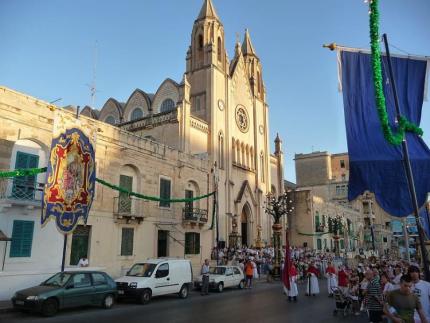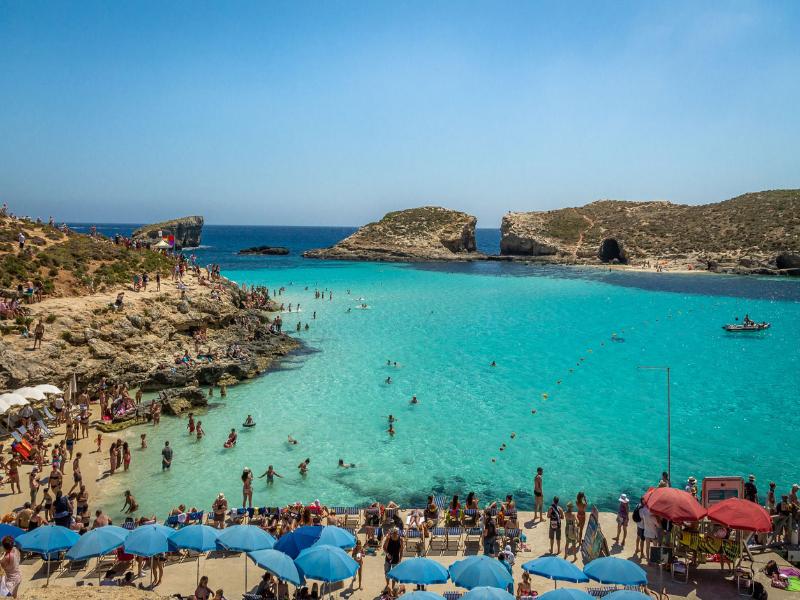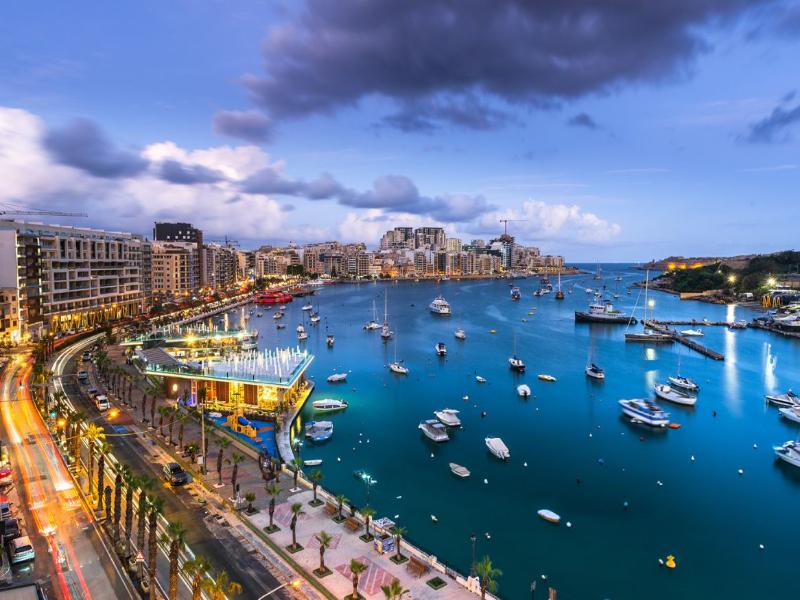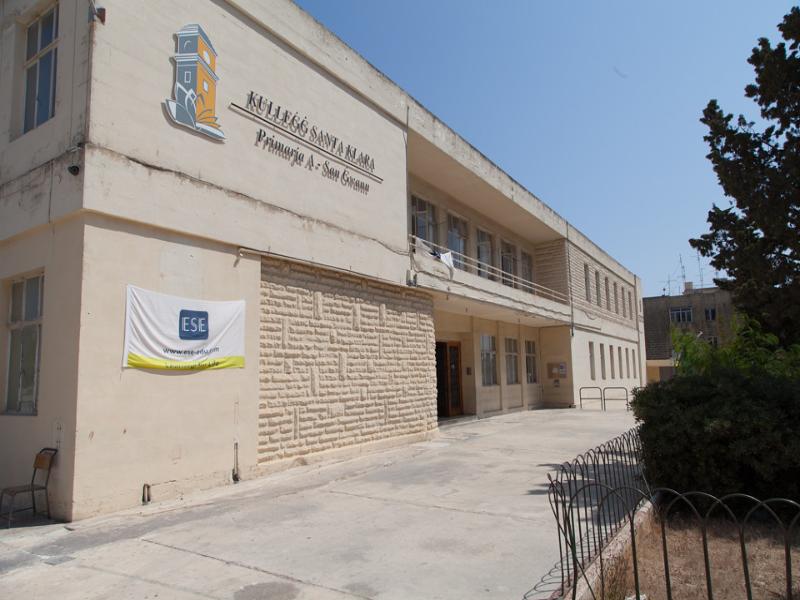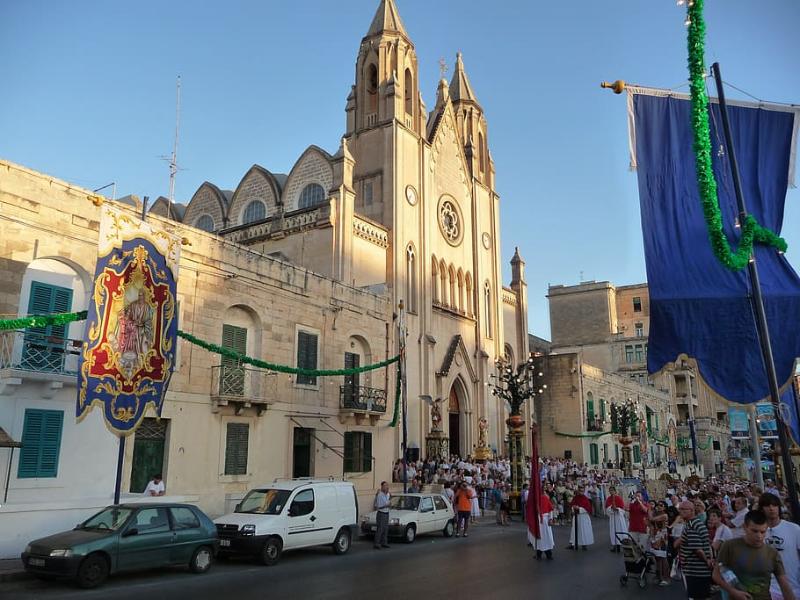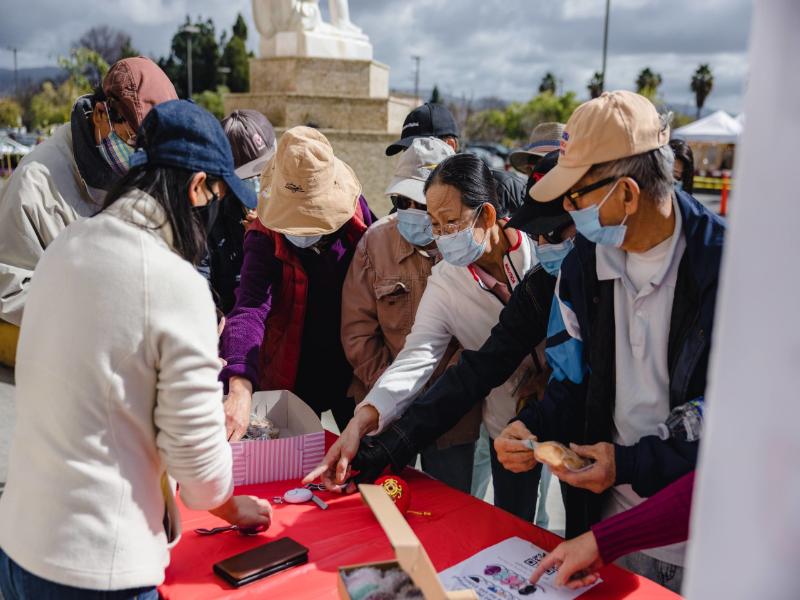Get free consultation
Fill out the form and we will contact you
A country that uses only two languages, boasts many impressive architectural works, and is a year-round tourist destination is none other than the beautiful nation of Malta. Let's explore in the article below about its geographical location, flag, and whether there is a Vietnamese community living there. Additionally, what other attractions make this country an ideal destination for travelers?
Where is Malta? Malta, officially known as the Republic of Malta, is an island country located in southern Europe, in the Mediterranean Sea, about 80 km south of Italy. The archipelago includes three main inhabited islands: Malta, Gozo, and Comino, while the smaller islands are uninhabited. It is a remnant of a land bridge that once connected Sicily and North Africa, separated when sea levels rose at the end of the Ice Age. Geologically, the archipelago lies on the edge of the African tectonic plate, where it meets the Eurasian plate.
This country has many beautiful bays along the coast, creating stunning harbors. The terrain is primarily low hills and plains, with the highest point being Ta' Dmejrek, at 253 meters near Dingli. Despite having a few small rivers during heavy rains, there are no permanent rivers or lakes on the islands. However, there are some perennial springs in Baħrija, l-Imtaħleb, San Martin, and the Lunzjata valley in Gozo.
Situated between Sicily and the North African coast, this island nation is one of Europe's most attractive beach destinations. It features a comfortable tropical climate, beautiful beaches, and excellent diving spots. Visitors can enjoy various experiences, from relaxing on the beach, exploring the depths of the Mediterranean, to visiting 5000-year-old ancient tombs.
This island nation has a rich history, having been ruled by various countries in the region and being a British colony playing a significant role in both World Wars. Today, Malta is a member of the European Union. This country offers many opportunities to explore and learn about its rich history when you visit.
It is a country rich in historical and traditional values
Due to its geographical location in the Mediterranean, Malta has a highly diverse climate, suitable for both domestic and international tourists, especially for beach activities during the following seasons:
Dry and Hot Summer: Warm weather extends from June to August, with average temperatures ranging from 25°C to 30°C. However, being a small island nation, it is not heavily impacted by the greenhouse effect, reducing the feeling of sultriness compared to many other places.
Cool and Pleasant Winter: Unlike the hot summers, winter in this region is quite mild, with average temperatures ranging from 12°C to 16°C. Although there is a significant temperature difference, winters here are not too cold, making it conducive for both residents and tourists.
Rain Concentrated in Winter: Unlike Vietnam, the rainy season in this beautiful country lasts from November to May, with an average rainfall of up to 100 mm/month. However, the summer here is very dry, with average rainfall just a few dozen mm and very few rainy days.
Sunshine All Year Round: According to statistics, this country receives an average of over 3,054 hours of sunshine per year, much higher than many other countries in the region. Even in the final months of the year, when it records the highest rainfall, the average sunshine hours still reach 161 hours. This contributes to creating a warm and sunny atmosphere year-round.
The weather and climate are harmonious all year round
Despite its small size and population, this beautiful country has a well-developed and diverse economy, particularly notable in the following sectors:
Trade: This beautiful country plays a crucial role as a trade and service hub, connecting major global economies. Its advantageous geographical location in the Mediterranean significantly reduces transportation costs, attracting many multinational corporations like Microsoft, Mercedes-Benz, BMW, Shanghai Electric Power, Huawei, and PetroChina to establish headquarters here.
Manufacturing: The manufacturing industry significantly contributes to GDP, focusing on electronics, textiles, and film. Malta is known as the Hollywood paradise of the Mediterranean, having been the backdrop for many blockbusters such as "Jurassic World: Dominion" and "Gladiator."
Tourism: The tourism industry is thriving, attracting visitors with its stunning natural landscapes, rich cultural heritage, and modern infrastructure.
Notable economic characteristics include:
High GDP per Capita: According to purchasing power parity, the GDP per capita was 61,939 USD in 2023, ranking 15th in the EU.
Favorable Tax Rates: Malta is one of the major economies benefiting from many trade tax incentives and freedom of movement within the Schengen area. Businesses in the country also benefit from EU taxes and access to a market of over 50 million customers.
Strong Financial System: As one of the three countries with a robust banking system and financial market, after Switzerland and Luxembourg, it ensures safety and stability for investment activities.
This is one of the countries with a developed economy
The education system in the sun island is closely linked to the British system, comprising three stages: Primary (ages 3-11), Secondary (ages 11-18), and University. Education is compulsory from ages 5 to 16. Both the state, the Church, and private entities provide high-standard educational services, on par with other European countries.
Public education is fully funded, and textbooks are provided for free. Meanwhile, tuition fees at Catholic and private schools are affordable compared to the education systems in other European countries, covering registration fees, tuition fees, uniforms, and other expenses. However, the demand for enrollment in Catholic and private schools is very high, making competition a pressing issue for parents.
It is a country with an advanced education system
Residents have a rich spiritual life with numerous opportunities to participate in festivals year-round, including summer events such as religious gatherings, fireworks, and food festivals. Villages, churches, and streets are brightly decorated with colorful banners and handmade saint statues. Food enthusiasts can enjoy strawberry, orange, olive, and wine festivals.
While many tourism promotional materials describe the country as a green paradise, urban areas are developing with many concrete buildings and few trees. However, visitors can still find beautiful Mediterranean vegetation at beaches and gardens like Blue Flag Beach, San Anton Gardens, and Ta’ Ċenċ Cliffs on Gozo Island.
Roman Catholicism is the main religion in Malta, with the island having a 2000-year history of Christianity. This began with the shipwreck of Apostle Paul in the 60 AD. According to data at the end of 2008 from the Central Statistics Office of the Vatican, the country had a population of 443,000, with 418,000 (94.4%) being Roman Catholics, making up 97% of the population.
Currently, the island has two dioceses and 85 parishes, with 9 bishops, 853 priests, 1,143 religious brothers and sisters, 1,231 catechists, 269 minor seminarians, and 91 major seminarians. The Catholic education system includes 80 centers from kindergarten to university, with 17,786 students enrolled. Charitable and social activities operated by Catholics include 24 care homes for the disabled and elderly, 26 orphanages, over 9 family life protection centers, 24 health recovery centers, and 4 other organizations.
Additionally, other religions account for 1% of the population, including Orthodox and Protestant Christians, 1% Muslims, and 1% non-religious.
Roman Catholicism is the main religion in this beautiful country
The culinary culture here has a distinctive character, reflecting the cultural diversity and history of the island. Influenced by the Romans, Phoenicians, Arabs, and Normans, it features a subtle blend of Mediterranean ingredients and unique local elements.
Some notable traditional dishes include pastizzi, a triangular pastry with potato or meat filling. The pastry has a crispy crust with a filling made from bread and potatoes or bread and sesame seeds.
Additionally, fenek (rabbit meat) is another famous dish in the local cuisine. The rabbit meat is roasted or steamed, often served with tomato sauce and spices, representing an essential part of local cuisine and considered a must-try specialty of the island.
Maltese wine is also an integral part of the island's culinary culture. The Mediterranean pearl produces various traditional wines like Gellewza and Ghirgentina. Notably, sweet wine called vinsanto is often paired with desserts. Visitors can tour vineyards and enjoy the unique flavors of the wines, creating a profound culinary experience.
The Maltese flag has a rich historical design featuring two vertical stripes of red and white, with a silver-gray cross in the top left corner. In 1090, a man named Rogers led a group across the sea to expel the Arab invaders occupying Malta. After their victory, they tore two pieces from the red and white flag of the Arabs as souvenirs. Since then, the red and white flag has become the national flag of this beautiful country. In 1942, the flag was augmented with the silver-gray cross, a symbol of the medal awarded by King George VI of England to the locals for their bravery during World War II.
Malta uses Central European Summer Time (CEST), which means local time is two hours ahead of Coordinated Universal Time (UTC) in summer (from late March to late October) and one hour ahead in winter (from late October to late March). Therefore, time on this Mediterranean island may differ from many other countries worldwide, depending on their respective time zones. Here are the time differences between this country and others:
Standard Time (UTC+1):
USA: 6 hours behind (UTC-5)
UK: 1 hour behind (UTC+0)
Japan: 8 hours ahead (UTC+9)
Vietnam: 6 hours ahead (UTC+7)
Summer Time (UTC+2):
USA: 5 hours behind (UTC-5)
UK: 0 hours behind (UTC+0)
Japan: 7 hours ahead (UTC+9)
Vietnam: 5 hours ahead (UTC+7)
The answer is yes. In recent years, the number of Vietnamese people moving to the sun island has been increasing. This has led to special interest in the lives of Vietnamese people here. Life on this island offers many guarantees for Vietnamese people in terms of longevity, quality of life, education, healthcare, income, and the future of their children. The cost of living here is quite reasonable compared to many Western countries.
Some may worry about unfamiliarity with local cuisine or missing the taste of home when moving to this historically rich country. However, there are many Asian foods and goods available. Supermarkets sell fresh vegetables, fruits, meat, fish, and various Vietnamese spices like soy sauce and fish sauce. Familiar dishes like spring rolls, durian, and pork sausage are also available.
Food prices in this country are affordable and of high quality, so Vietnamese people can feel at ease. Additionally, the labor market here is quite diverse, with many job opportunities for Vietnamese people. Many international companies in finance and IT operate here, and salaries in these companies are generally higher than in Vietnamese companies.
With a spirit of solidarity, hard work, adherence to the law, and a connection to their homeland, the Vietnamese community in Malta is always ready to help and share difficulties with each other. Therefore, you don't need to worry about feeling unfamiliar when planning to move here.
Currently, many people are settling in this country
Above are some interesting pieces of information about the country and people of Malta. If you are interested in Malta's citizenship policy, please contact us via the website https://quoctichthuhai.com/. Our team of experienced experts will assist investors in gathering documents and completing applications as required to apply for citizenship through Malta's government investment program.
Fill out the form and we will contact you
